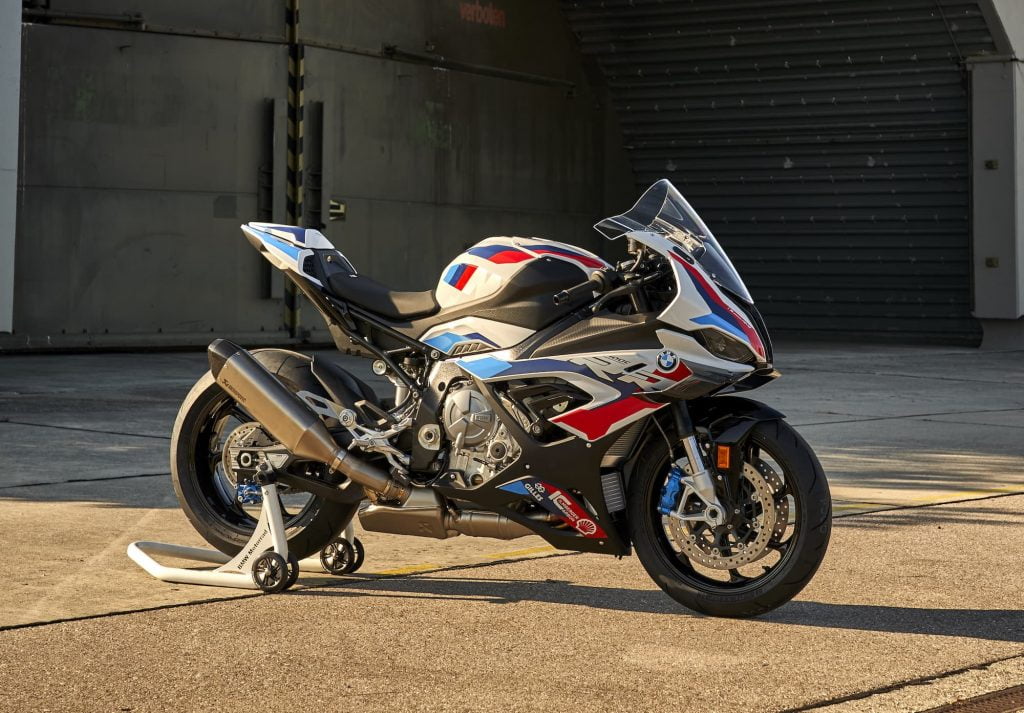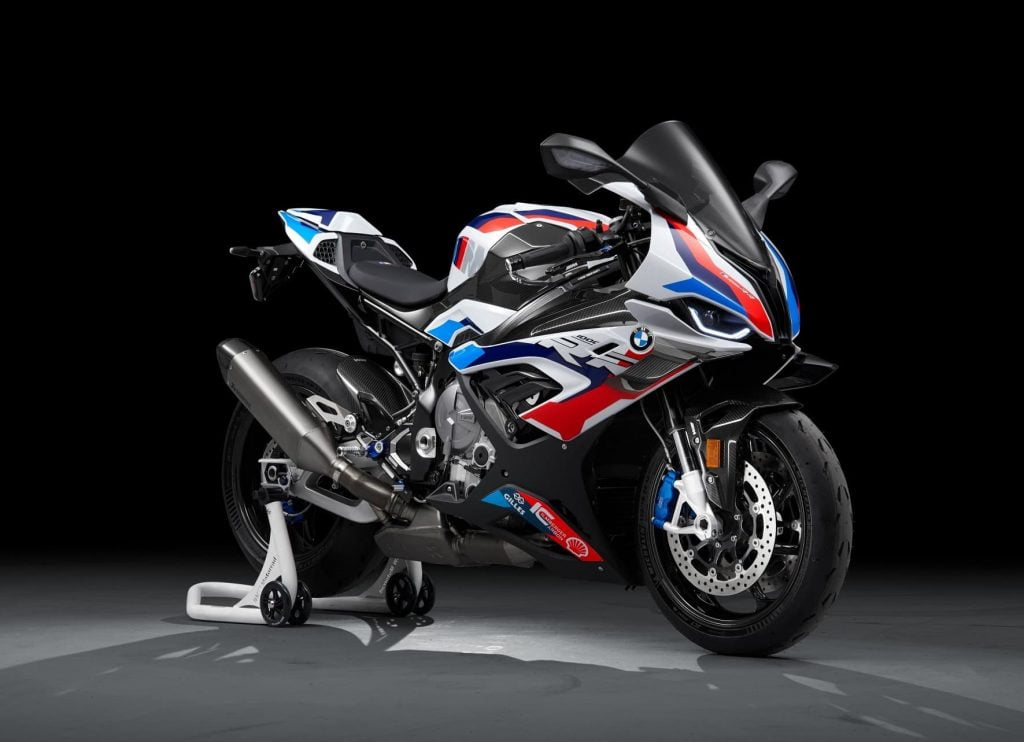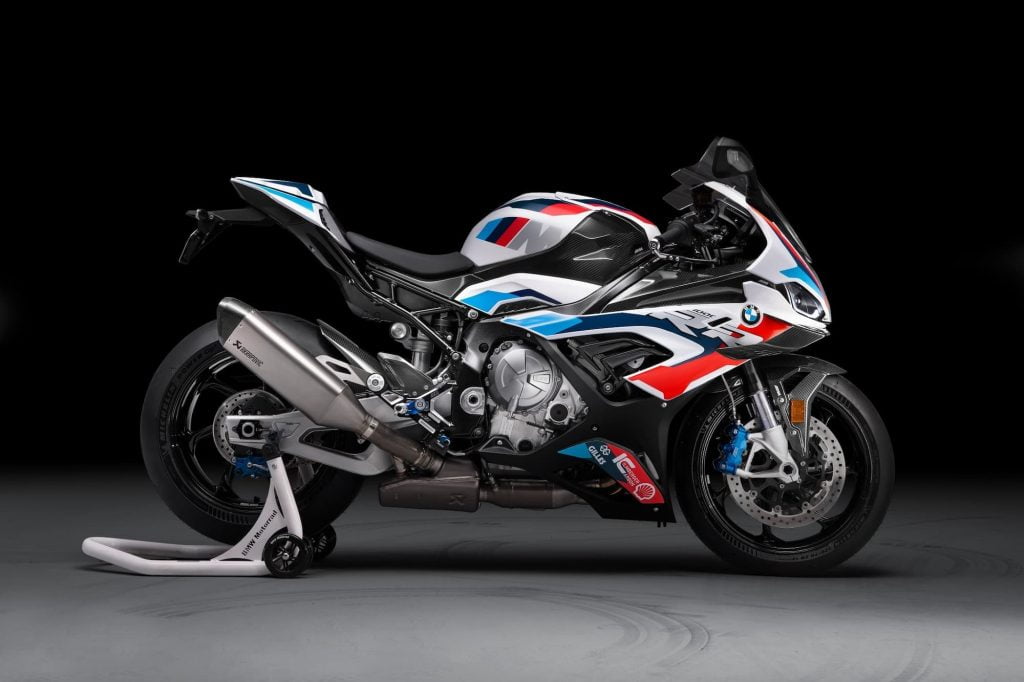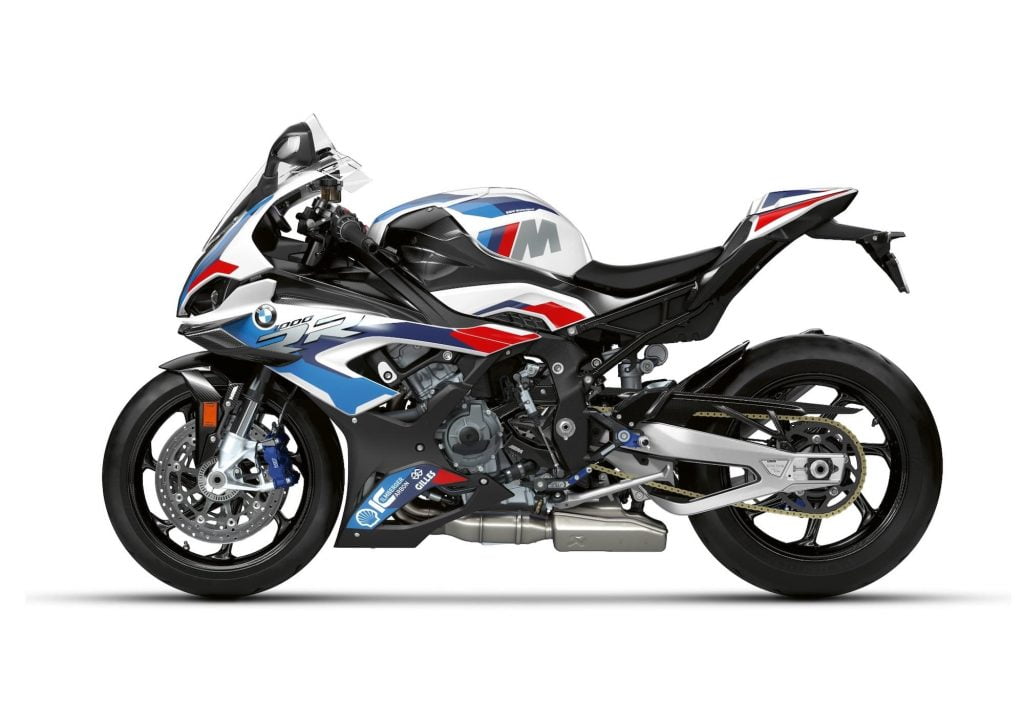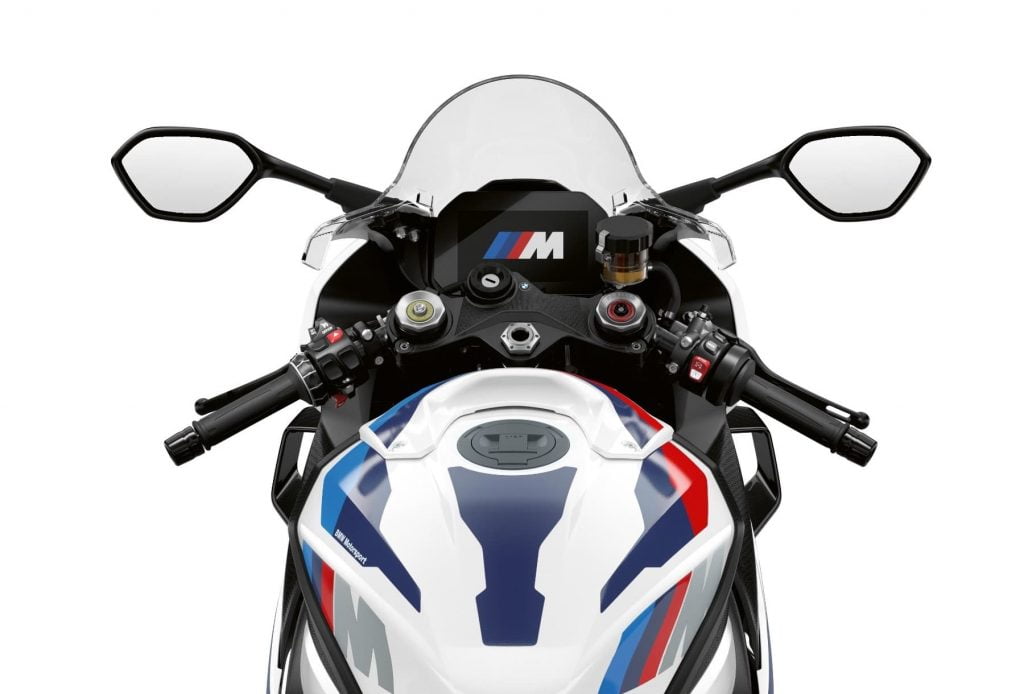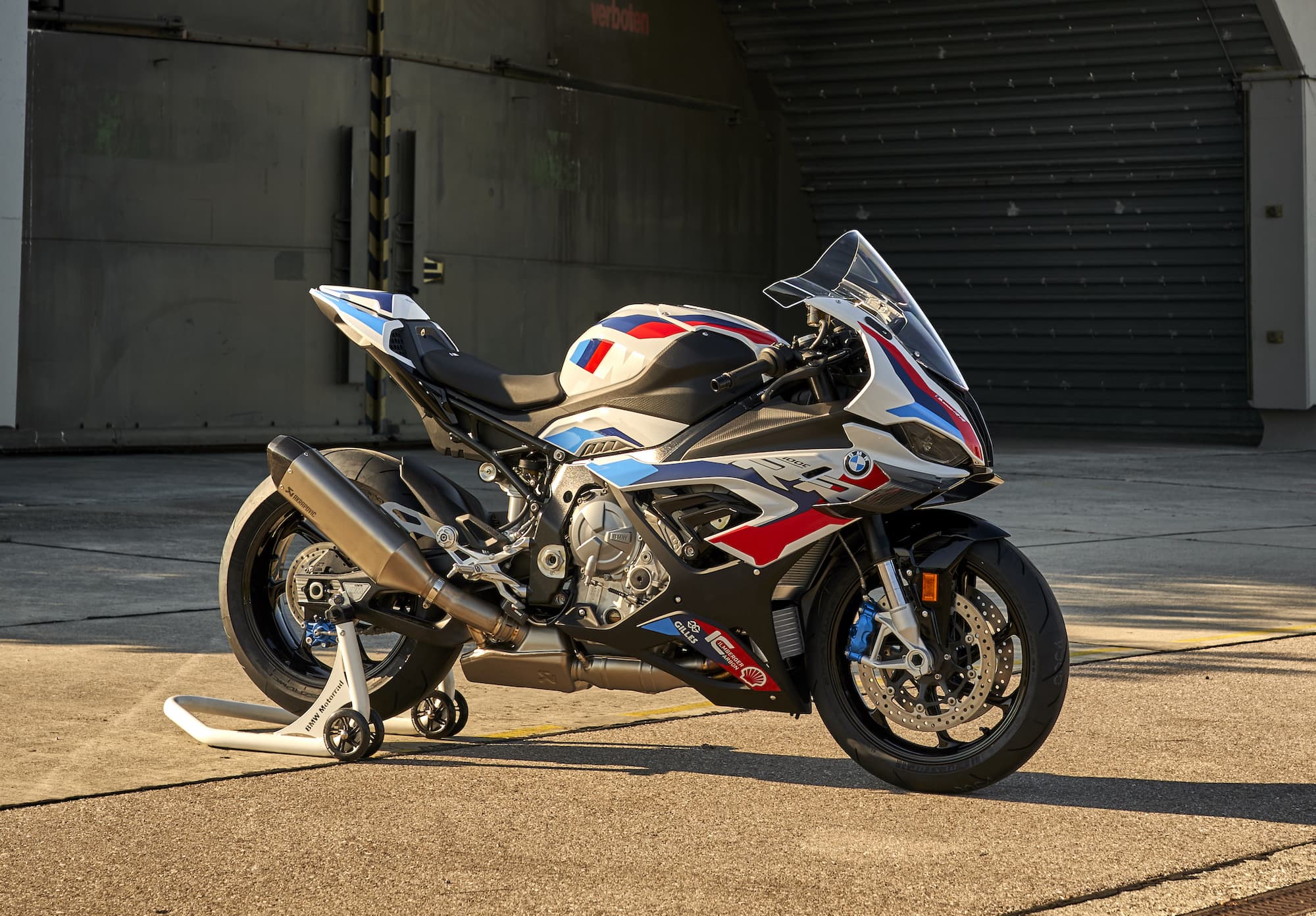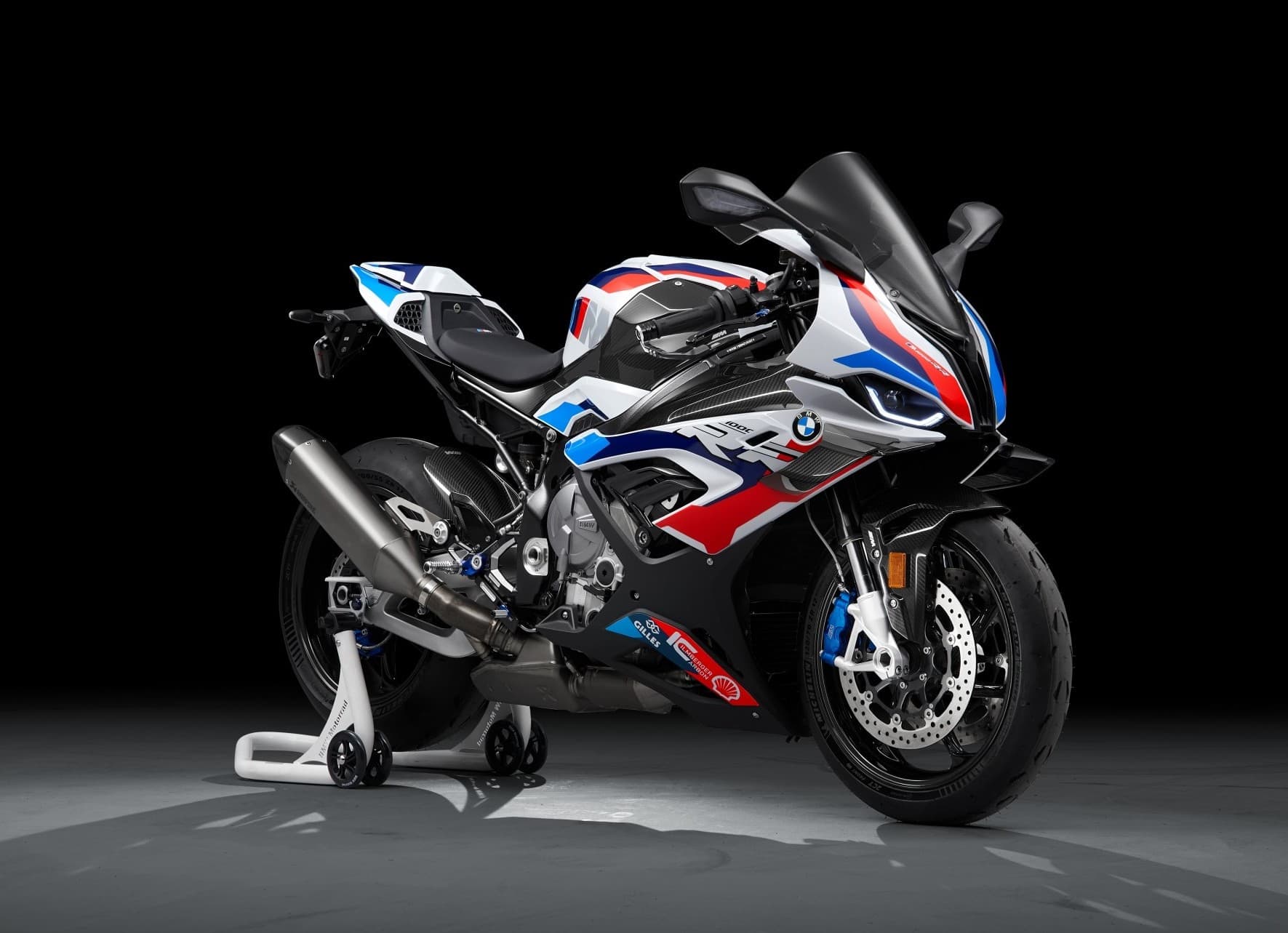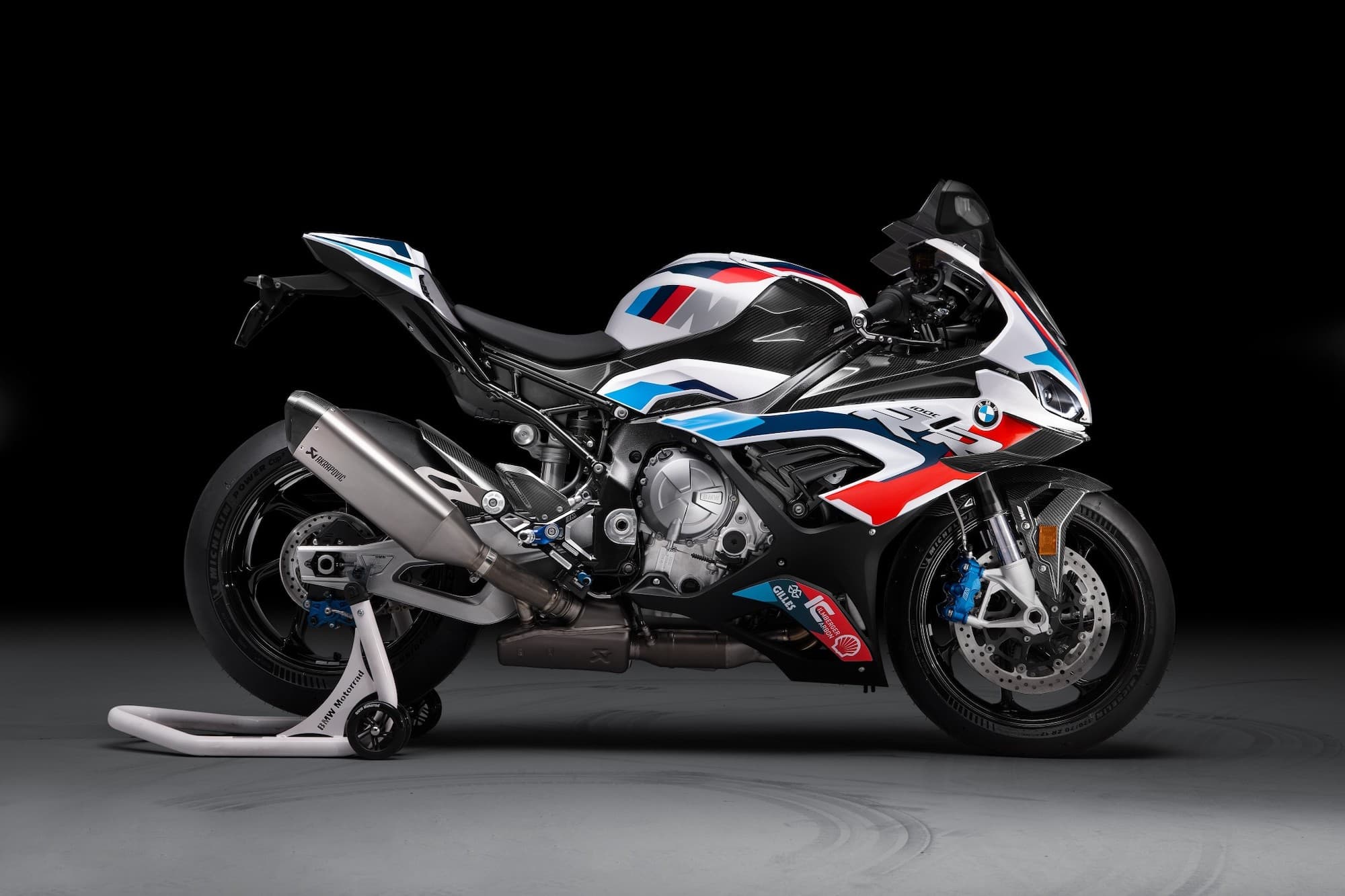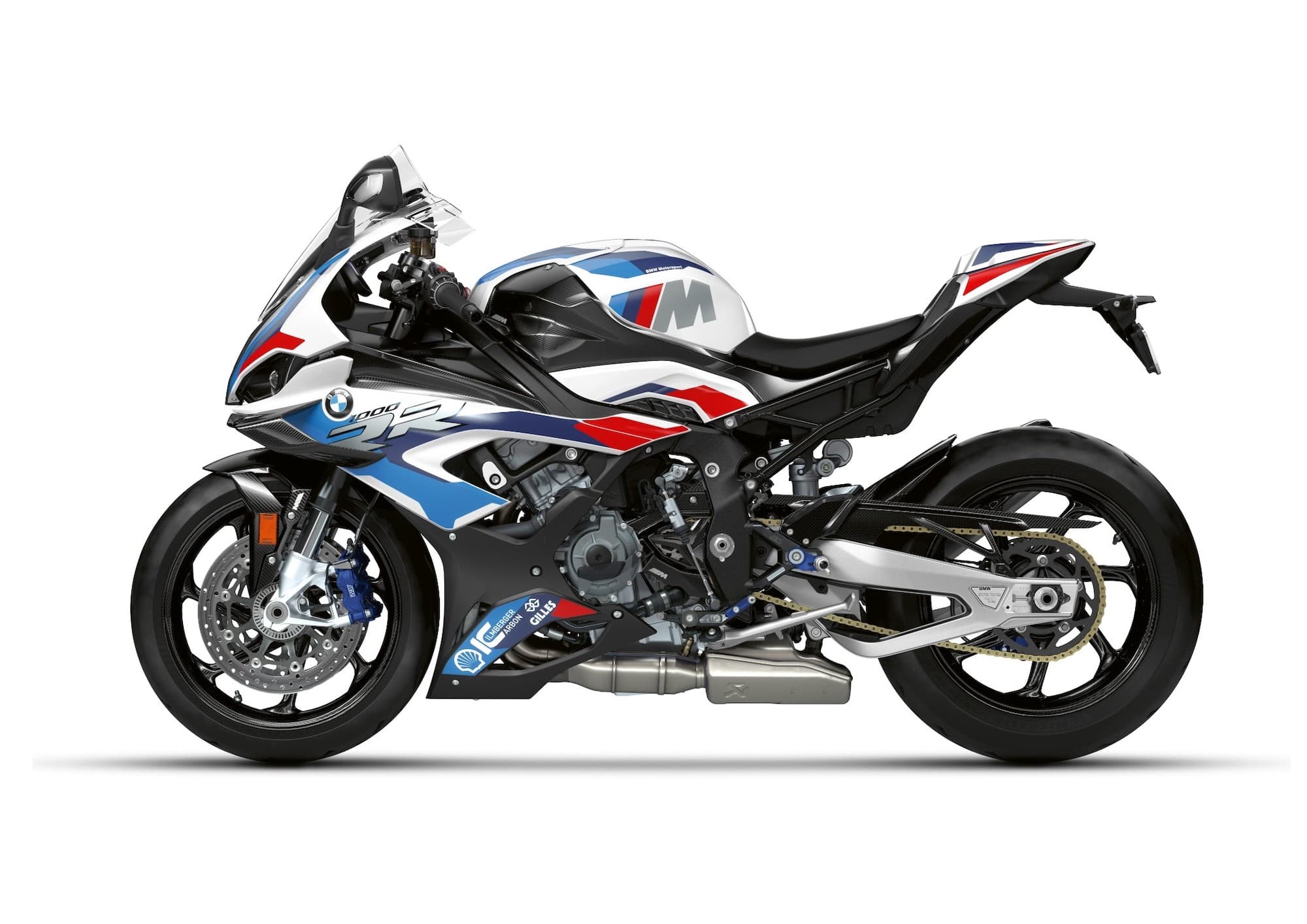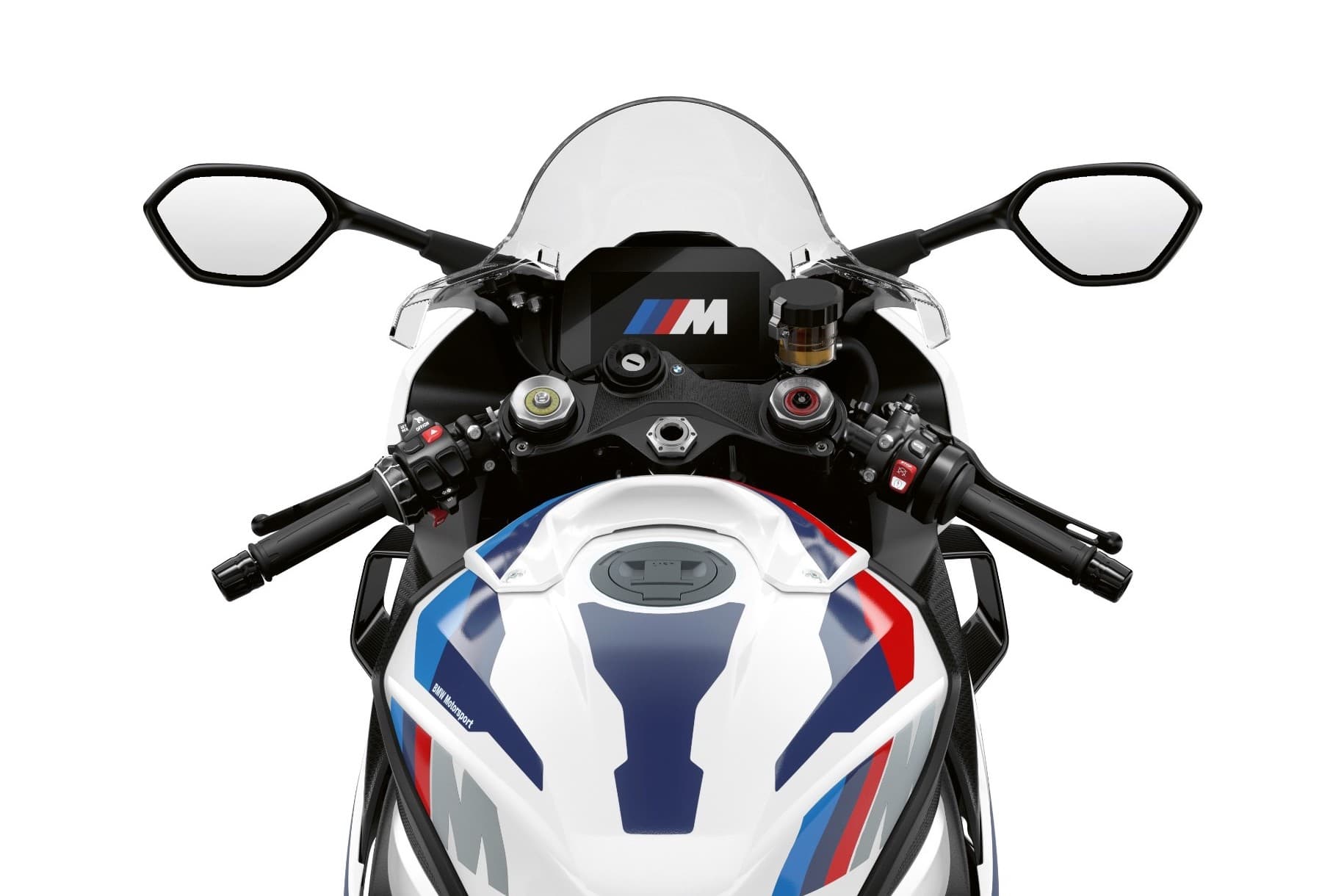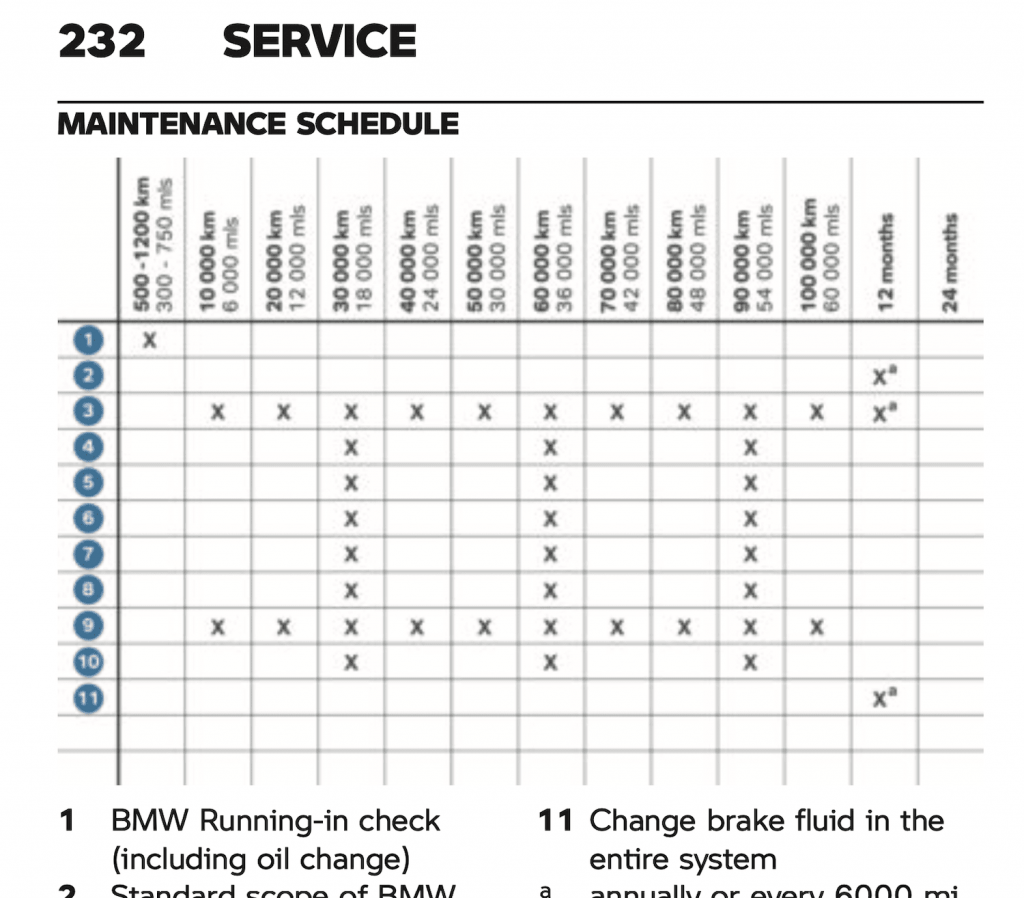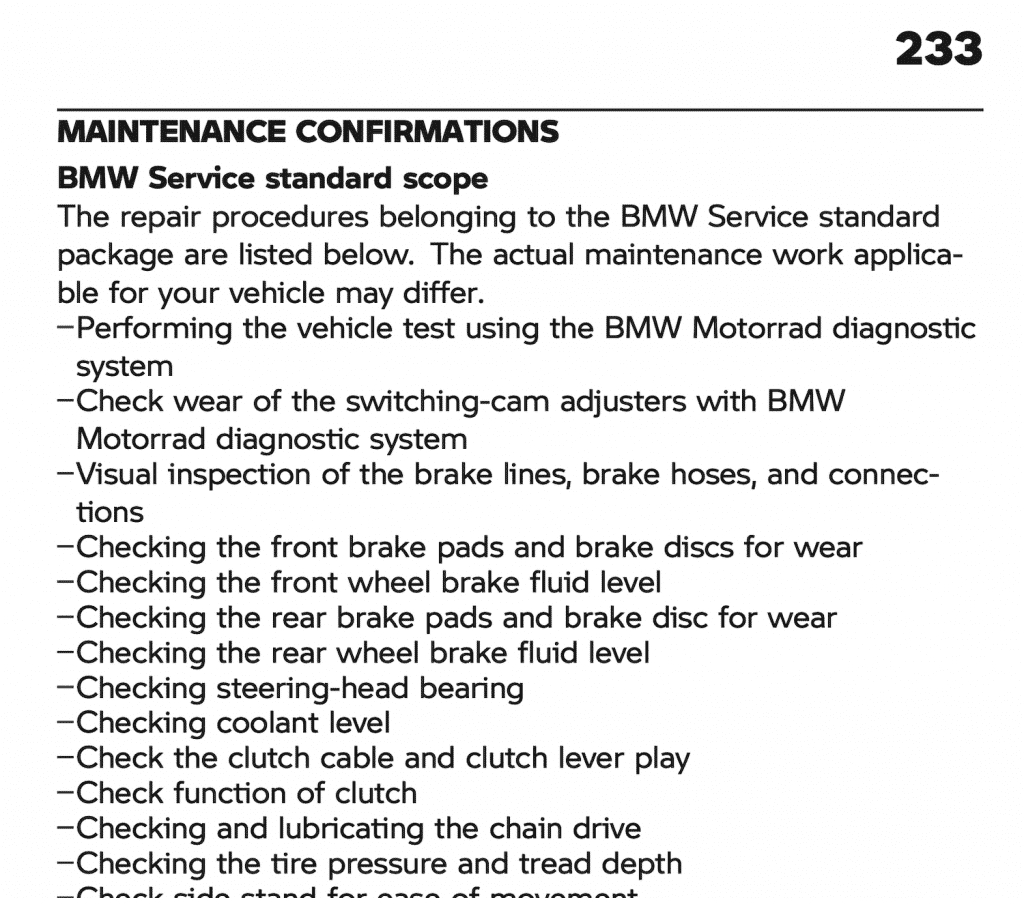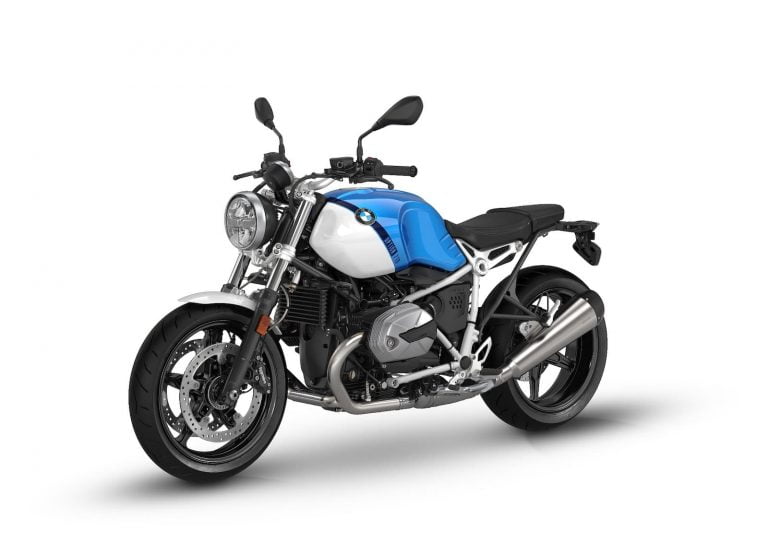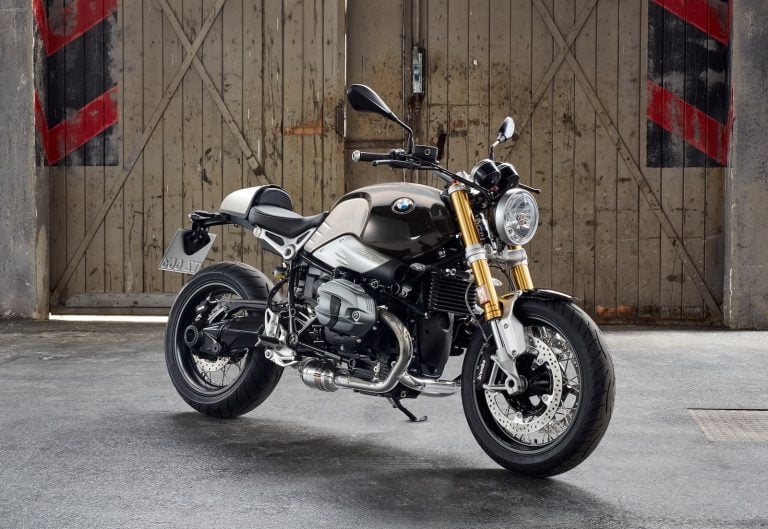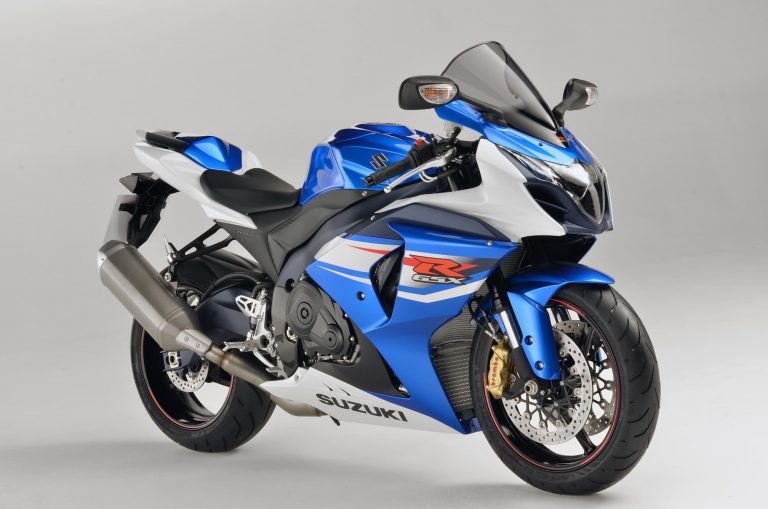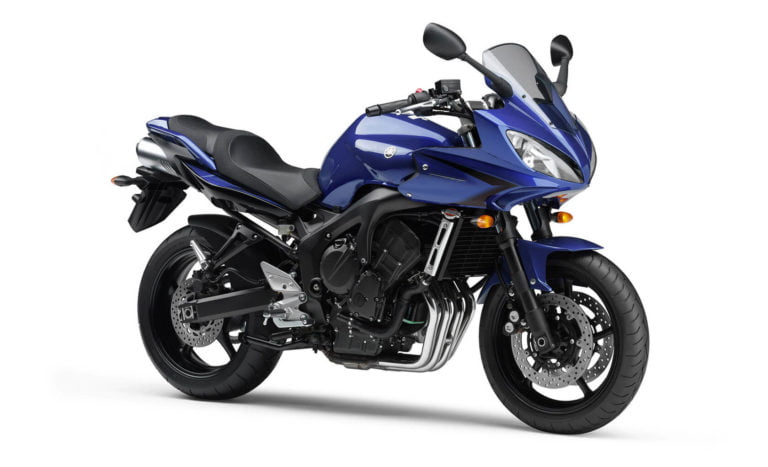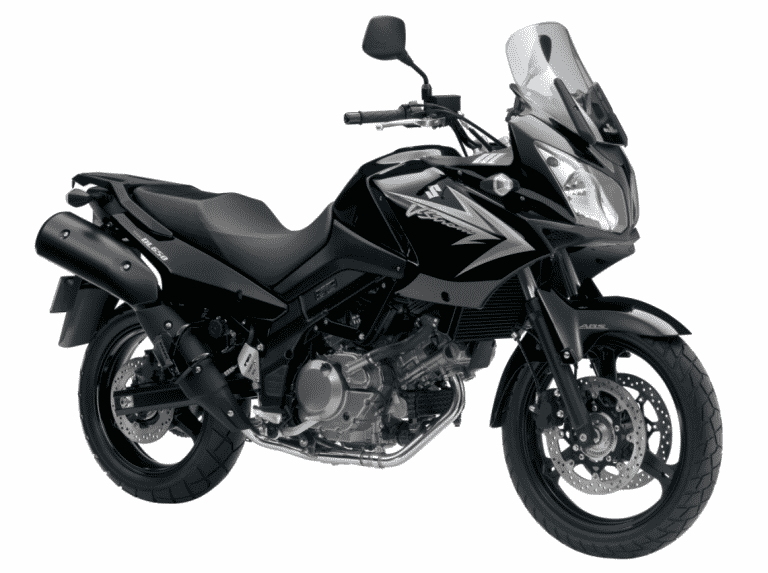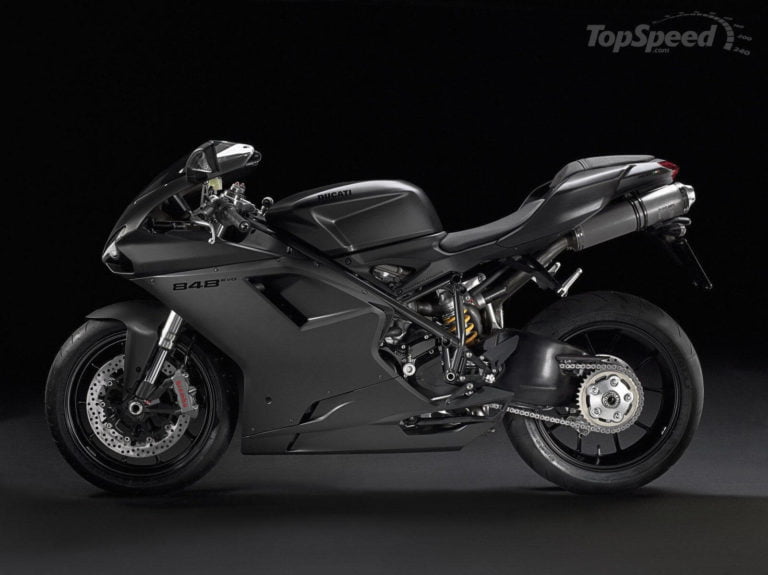BMW M 1000 RR (2021) Simplified Maintenance Schedule
This is the complete maintenance schedule for the 2021 BMW M 1000 RR, released in late 2020 (see official press release).
The M 1000 RR is a track-focused version of the S 1000 RR, with higher-spec internals, and still with the niceties offered by the S 1000 RR like cruise control and heated grips. And it’s still road-legal.
Here are all the maintenance schedules for the BMW S 1000 RR and related HP4 models:
The BMW M 1000 RR powered by the same basic engine concept as the S 1000 series — a 999 cc inline four-cylinder engine that’s water-cooled, DOHC and 16 valve — but it’s heavily revised internally to let it rev higher and make more peak power. The M 1000 RR it makes a little more power (156 kW / 212 hp at 14500 rpm, vs 152 kW / 207 hp of the same generation S 1000 RR at 13500 rpm), and makes more power across the rev range of 6000 rpm through 14500, optimised for racing use.
Alongside the power gain is the weight savings in the M model — due to the high-spec components, the M 1000 RR weighs 192 kg fully fuelled, compared to the 197 kg for the S 1000 RR. Both weights can be reduced further with the M competition package in both.
There are a number of higher spec components that make maintenance different for the M model, too.
This site has links for things like oil and spark plugs from which we earn a commission (which unfortunately nobody can save, not even us). If you appreciate this work, then please use those links. Thanks!
BMW M 1000 RR Service Intervals
When used for road riding, the BMW has standard service intervals of 10000 km / 6000 mi or 12 months, whichever comes earlier. On the M 1000 RR this involves an oil change and a brake fluid change.
Beyond that, servicing the M 1000 RR involves a major engine service every 30000 km / 18000 mi, including checking valve timing, replacing spark plugs, replacing filters, and replacing some sensors.
What you need to service the BMW M 1000 RR — Consumables and Special Tools
For the BMW M 1000 RR, the manual recommends the following specific consumables.
| Part | BMW M 1000 RR |
|---|---|
| Engine oil | The M 1000 RR needs 4L of SAE 5W-40, API SJ/JASO MA2. Additives (like molybdenum-based substances) are prohibited, because they would attack the coatings on engine components, BMW Motorrad recommends BMW Motorrad ADVANTEC Ultimate 5W-40 oil. |
| Oil filter | Most modern BMW motorcycles (including the M) bikes use a BMW/Mahle oil filter, part number 11 42 7 721 779. Available from Amazon. You can also use a Hiflofiltro HF160RC as a drop-in replacement that you can tighten or remove with a normal wrench. |
| Engine coolant | BMW requires FROSTOX HT-12 coolant for your M 1000 RR. Get it from your dealer, or use Zerex G40, which meets the same spec (see this guide for analysis). |
| Spark plugs | NGK LMAR9FI-10G. This is what the manual requires (and note it’s a different spark plug than on earlier S models). It’s a little hard to find online. |
| Air filter | You can get the stock air filter, but you can also opt for the K&N air filter BM-1019. |
| Brake pads | Contact your BMW dealer for the correct brake pads for your M 1000 RR with its Nissin/M brakes. |
BMW M 1000 RR Maintenance Schedule
Below is the maintenance schedule for the BMW M 1000 RR as per the manual on page 232, but made more clear so that you can understand what needs to happen more easily, and without all the repetition (it’s the same every 30000 km/18000 mi).
The break-in check is a standard service + an oil/filter change, and is scheduled at the first 300-750 miles (500-1200 km).
Repeat the maintenance schedule shown every 10 or 30000 km (every 6 or 18000 miles).
| km x 1000 | 10 | 20 | 30 | |
|---|---|---|---|---|
| mi x 1000 | 6 | 12 | 18 | Every |
| Perform a standard BMW Service (see below) | X | X | X | Year |
| Change engine oil and filter (BMW Motorrad ADVANTEC Ultimate 5W-40 oil, BMW/Mahle oil filter, part number 11 42 7 721 779) | X | X | X | Year |
| Engine service | X | |||
| Replace potentiometer for gear display | X | |||
| Replace oxygen sensors | X | |||
| Check valve clearance | X | |||
| Replace spark plugs (NGK LMAR9FI-10G) | X | |||
| Replace air filter insert | X | X | X | |
| Oil change in the telescopic forks | X | |||
| Change brake fluid, entire system (Castrol DOT 4) | 2 years |
BMW M 1000 RR Standard Service
The below list of items are what you should check on the BMW M 1000 RR at every service. Note: this list of items is for regular riding. If you use your bike more aggressively (e.g. racing or track days) then you may have to do more checks, more regularly.
[D] Some of the below tests, including those that need the BMW Motorrad diagnostic system or re-setting the service due date, require BMW-specific equipment.
- [D] Perform vehicle test with BMW Motorrad diagnostic system
- [D] Check wear of the switching-cam adjusters with the BMW Motorrad diagnostic system
- Visually inspect the brake pipes, brake hoses and connections
- Check the front brake pads and brake discs for wear
- Check the front wheel brake fluid level
- Check the rear brake pads and brake disc for wear
- Check the rear wheel brake fluid level
- Check the steering-head bearing
- Check coolant level
- Check clutch cable and clutch-lever play
- Check function of clutch
- Check and lubricate the chain drive
- Check the tire pressure and tread depth
- Check the tyre pressure and tread depth
- Check side stand for ease of movement
- Check the lighting and signal system
- Functional check for engine starting suppression
- [D] Service service date and remaining system with the BMW Motorrad diagnostic system
- Final inspection and check for road safety
- Check charging state of battery
- [D] Confirm BMW service in on-board literature
BMW M 1000 RR Tire size and pressures
The following are standard tire sizes and tire pressures for the BMW M 1000 RR.
Of course, as this is going to be used on the track mostly, adjust the pressures according to conditions, your weight, and style of riding.
| Wheel/Tire | Size | Pressure (cold) |
|---|---|---|
| Front | 120/70 ZR 17 (58) | 36 psi (2.5 bar) |
| Rear | 200/55 ZR 17 (78) | 42 psi (2.9 bar) |
About the BMW M 1000 RR
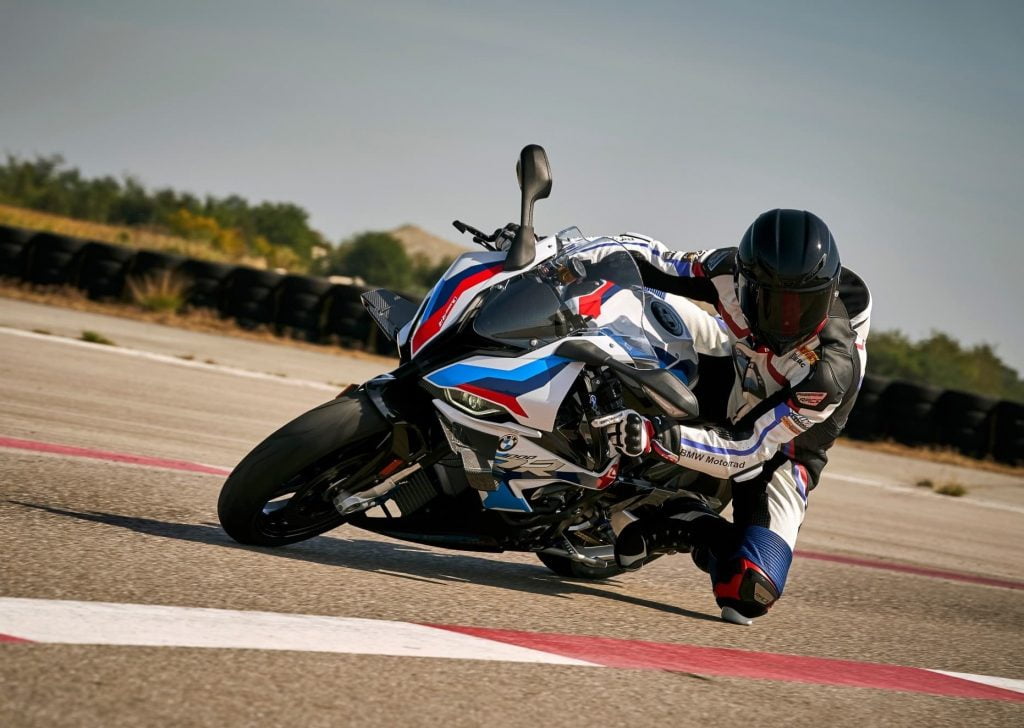
The 2021 BMW M 1000 RR takes the S 1000 RR to the next level (again).
The M 1000 RR is a revised S 1000 RR with much higher-spec engine internals and lighter external components that makes it more powerful, higher-revving, and lighter overall than the 2019 BMW S 1000 RR — even when the latter is in its higher M spec.
The M 1000 RR is based on the latest generation S 1000 RR (with a TFT display and advanced rider aids), but is:
- Slightly more powerful: 156 kW / 212 hp at 14500 rpm (vs the 152 kW / 207 hp at 13500 rpm of the previous). Note it has the same peak torque.
- Higher-revving, with a ceiling of 15100 rpm (with the help of the revised engine internals, giving it higher peak power)
- Equipped with many revised engine internals: 2-ring forged pistons (12g lighter — but with pistons, ever gram counts), adapted combustion chamber (with a higher compression ratio of 13.5:1), slimmer and lighter rocker arms
Internally, the BMW M 1000 RR’s engine is revised for lighter-weight components, including titanium valves, a new spring assembly, and slimmer and lighter rocker arms. BMW also optimised the camshafts to make the most of the higher-revving engine.
Other changes BMW made include
- Revised intake ports, and new duct geometry
- An anti-hopping, self-reinforcing clutch
- A lighter titanium exhaust (nearly 3.7 kg lighter!)
- M winglets and a high windscreen for better traction
- M brakes (made by Nissin) — a change from the Hayes-made brakes of the 2019 S 1000 RR (and from the Brembo brakes of earlier models)
- Lightweight Marzocchi forks
- M carbon wheels — lightweight (lower unsprung mass)
The sum of all the additions to the M 1000 RR make it a highly competitive race machine, or an uber-premium street motorcycle.
The maintenance on the M 1000 RR is slightly more intense than on the S 1000 RR. For example, the regular maintenance schedule for the 2019+ BMW S 1000 RR doesn’t need you to regularly do the ominous “engine service” scheduled at every 30000 km (18000 mi).
Other things you have to do on the M that you didn’t have to do on the S include
- Check the switching cam adjusters
- Replace the oxygen sensors
- Replace the sensor for the gear shift indicator
All in, owning a BMW M 1000 RR isn’t cheap — but you likely know that from the sticker price.
Manual for the BMW M 1000 RR
The above information was gleaned from the owner’s manual for the BMW M 1000 RR, also consulting parts fiches for specific part numbers.
You can download the original manual from BMW’s website here.
